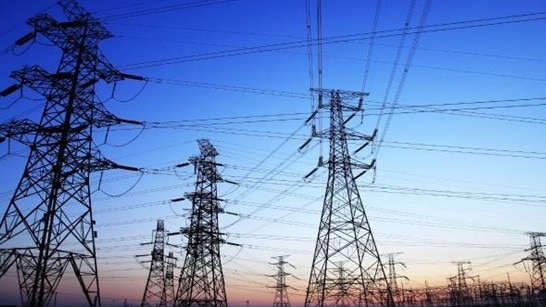Hydro, gas supplies to cost more, renewables less
The cost to build new supplies of pumped hydro, transmission and gas generation has soared while batteries have fallen sharply.

The cost to build new supplies of pumped hydro, transmission and gas generation has soared while batteries have fallen sharply under revised estimates by the national electricity operator as it finalises the long-term design of the power grid.
The Australian Energy Market Operator has been working with the power sector to model costs and scenarios as it looks to fine tune its 20-year Integrated System Plan that maps out the future shape of the market.
AEMO has drastically changed many of its original assumptions contained in its draft report. Increased costs may swing the operator’s view of the mix of generation that should fill the gap as the country’s ageing coal plants approach retirement.
“Feedback received included that transmission costs were likely to rise in coming years, costs for batteries were too high, and costs for pumped hydro development were too low,” AEMO’s principal analyst Natasha Sinclair said in a letter to stakeholders on April 27.
The capital costs of building pumped hydro projects increased by 50 per cent on its draft assumptions with higher risks and barriers for investment compared with utility scale battery projects.
“This magnitude of increase is aligned with experience in other major infrastructure projects, where it was noted that major infrastructure projects by their nature can experience capital cost increases over initial estimates during the implementation,” Ms Sinclair said.
Transmission projects have also been revised up by 30 per cent reflecting major projects that have gone through regulatory tests and saw a cost spike from initial estimates.
Gas powered generation capital costs will increase by 30-60 per cent on its draft numbers with more likely investments in smaller turbines and engines than larger industrial open-cycle plants.
Battery budgets may be revised down by 30-40 per cent reflecting a drop in large-scale costs and an extension of utility battery life.
The final integrated system plan is due by June.
AEMO’s draft plan found Australia’s ageing coal fleet may be forced out of the electricity grid earlier than forecast with plant extensions ruled out as the market operator bets a surge in renewables, new transmission and fast-start power replace the fossil fuel in the grid.
Coal will contribute less than a third of supply by 2040 from 70 per cent currently as solar, wind, gas and hydro dominate the nation’s energy mix.
Australia is set to reach 75 per cent renewable energy by 2040 under current policies with ambitious state government forecasts to lower wholesale electricity prices through the 2020s, consultancy RepuTex said in a report to be released on Wednesday.
Wholesale prices will remain between $50 and $70 a megawatt hour over the next decade.
Still, the “unorderly” closure of big coal plants is expected to see a return to higher electricity prices in the 2030s.
“We expect short-term commissioning to maintain downward pressure on wholesale prices through the 2020s,” RepuTex’s head of research Bret Harper said.
“However, with no effective national electricity market-wide framework to guide new investment prior to coal-fired retirements, a return to elevated wholesale prices will be required to incentivise new capacity additions beyond 2030”, he said.
AEMO said in December that households will play a significant part in the transition to renewables with rooftop solar potentially tripling capacity, providing up to 22 per cent of total energy by 2040.

